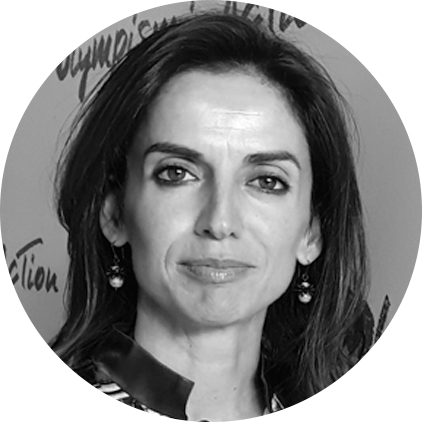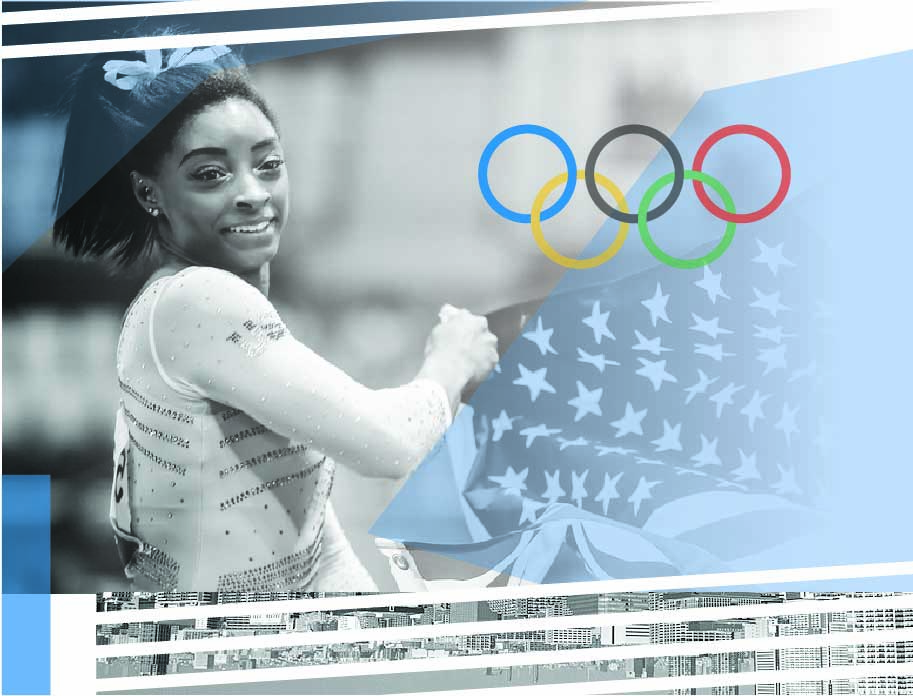
Dr Beatriz Garcia
Senior Research Fellow in International Cultural Policy and Mega Events at the University of Liverpool and Associate Director at the Centre for Cultural Value. She is an expert member of the Culture & Olympic Heritage Commission. Her research includes culture-led regeneration interventions and every Olympic Games edition since Sydney 2000.

Section 1: Tokyo & Mega Events
- Public relations as the key in the 2020 Tokyo Olympic and Paralympic Games
- Tokyo 2020, East Asian geopolitics and Olympic diplomacy
- Anti-sex beds? Fake news! : why this video went massively viral?
- Power sharing: Olympic sponsorship and the athlete’s personal brand
- The Tokyo 2020 Organizing Committee’s veil of effective public relations to help save itself and the start of the Games
- Host city and mega-events: Olympic legacy in Japan
- The rise of critical consciousness in Japan: An intangible and unintended legacy of the Tokyo 2020 Olympic Games
- The soft power of the Olympics in the age of Covid 19
- Tokyo 2020 Olympic Games, nationalism, identity and soft power
- The typhoon games
- Environmental leadership showcased in the Olympic Games
- Simone Biles and prioritizing athlete well-being
- How the female athletes of the Tokyo Olympics are reframing the way we think about motherhood
- Deliver a medal or apologize: A daunting task imposed on Japanese Olympians
- What happened to Rule 40 at Tokyo 2020?
- A green Olympic legacy for future generations?
- Lessons from Tokyo: the impact of the Paralympics in Japan
- Let’s play! Inspiring an inclusive mindset with a hands-on Paralympic experience for children and teenagers in Japan.
- The Olympic & Paralympic sponsorship without category exclusivity: Background of sponsorship exclusivity in Olympic and Paralympic Games (OPG)
- Counting cases, counting medals: Containing the Olympic contagion during the Tokyo Games
- The Olympic Games and ambush marketing via social media
- Pride and burden of striving for perfection at the Olympics
The Tokyo 2020 Games will be remembered as the Games without a live audience. They will be talked about as the ‘Covid Games’ that were forced to exclude spectators and collective gatherings.
The sporting competition field was protected to the best of the organisers’ ability – and it looked good on the screen – but, what about the cultural exchange field? And what about the Olympic city? Did it manifest?
Nippon Festival
As every previous Olympic edition since 1912, Tokyo had a mandate to present a cultural programme – the Cultural Olympiad – and this was launched straight after Rio in 2016, with ambitions to show 21st Japan beyond outdated clichés. The Olympic Organising Committee presented the Nippon Festival and a four-year ‘participation programme’ – involving contributions from around the country.
Most of the participation programme has been delivered in Japanese exclusively so it is a programme difficult to understand abroad – despite it delivering symbolic value and opportunities for engagement at a local and regional level. The Nippon Festival, however, aimed to make a mark internationally and was designed to address the main Tokyo 2020 bid themes.
The “reconstruction Games” was a key dimension of Tokyo’s vision, using the Olympics as a platform to help rebuild the areas affected by the earthquake disaster of 2011. This translated into the community-conceived giant puppet Mocco, which journeyed symbolically from the devastated Tohoku region into Tokyo in 2021.
‘Diversity and Inclusion’ was also a leading concept, in a country where cultural diversity is not as normalised as in other developed countries, with low visibility for disabled and queer communities within mainstream environments. ONE is the segment of the Nippon Festival dedicated to celebrating diversity, bridging the Olympic and Paralympic Games.
The above have been strands of a Festival which has remained true to its original vision but has failed to inspire and stand out within the Games narrative, due to limited – or old fashioned – communication strategies, lack of branding integration within the leading Games platforms and insufficient social media output. Despite the beautiful concept behind the Festival’s visual identity (an intelligent variation of the central Tokyo 2020 logo which demonstrates the coherence and quality of Tokyo’s graphic design identity) the Nippon Festival has not stood out sufficiently during Games time.
TokyoTokyo Festival
Beyond the Organising Committee, the Japanese contemporary arts world also wanted to partake in the Cultural Olympiad. The complexities of Olympic branding and approval processes, however, led to what is a common missed opportunity: a separation of Olympic cultural programming strands with little narrative connectors and no joint branding.
Regardless, a new art festival inspired by the Games was put together by the local authority: the TokyoTokyo Festival presented the city’s contemporary art scene and, despite its disconnect from Olympic branding, it has been successful attracting arts media coverage and public attention. It is a good example of a Games-time festival celebrating its host city: from buildings, to public baths and gardens.
Olympic Agora
An unprecedented cultural strand in these Games has been the contribution by the International Olympic Committee itself, which for the first time presented its take on how ‘culture meets sport’, showcasing the official version of what is meant by ‘Olympic spirit’ and ‘Olympic art’. The Olympic Agora opened as a large physical site in Tokyo at the end of June 2021 and combined presential and digital spaces for Olympic culture throughout the Games.
What place for culture and the Olympic city during these pandemic Games?
Commentators note that there has been little opportunity for residents and Games delegations to experience the Olympic city in 2021. Interventions such as the intriguing floating head presented by the TokyoTokyo Festival just before the Opening Ceremony raised eyebrows and encouraged conversation; the Olympic Agora presented eye-catching public artworks; finally, the Nippon Festival and participation programme presented locally sensitive works throughout Japan and materialised Tokyo’s Olympic bid vision. However, crowds were not allowed into any of these interventions – and the international Games narrative did not include sufficient reference to the rich diversity of these activities combined.
Much thinking needs to take place about the future of cultural programming at the Games. There should be less fragmentation, more cross-referencing when promoting activities, and more effective ways of adapting brands and visual identities so that it is possible to appreciate the many dimensions of Olympic arts and culture – and help overcome the sense of isolation audiences may experience.
Reconstruction, recovery, inclusion and togetherness were the Tokyo Olympic keywords. They were meaningful at the time of the bid and even more poignant during a pandemic. The Opening and Closing ceremonies presented this message loud and clear. The associated cultural programmes explored these concepts even further but failed to align sufficiently to make as meaningful a mark as they should have.
Future Olympics need to keep opening-up their understanding of what cultural programming can do, not just as an Olympic Charter requirement but as a platform to address difficulties and turning material challenges into inspirational narratives. The official Games cultural programme should be an opportunity for fun and celebration, connected with the unique characteristics of respective Games hosts as well as the diverse centenary heritage of the Olympic movement. The Cultural Olympiads of the future need to keep working towards a clearer interrelation between organising committee mandates, city-led arts expressions and IOC-hosted Agoras.

